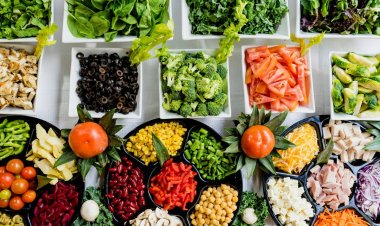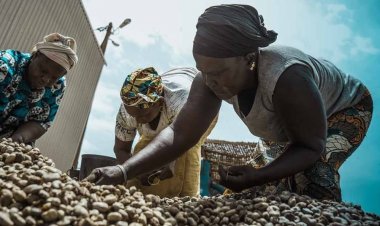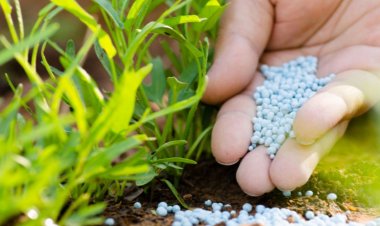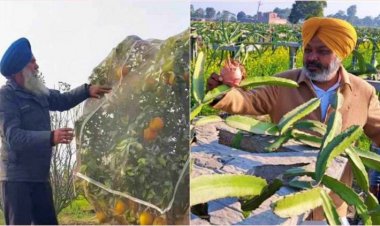The world's total agricultural production is expected to grow by 1.1% every year over the next decade. Most of the growth will be from middle- and low-income countries.
If the price of energy and agricultural inputs, especially fertilisers, rise, this will increase the cost of production and have implications for food inflation and world food security.
This has been stated in the OECD-FAO Agricultural Outlook 2023-32.
Importantly, most of the growth in production will be due to increased productivity, with little effect from expansion of arable farming. Therefore, investment on increasing productivity and better farm management is necessary.
79% of the increase in global agricultural production will be due to improved plant breeding and production systems, 15% due to expansion of cultivable land and 6% due to higher cropping intensity.
The productivity of crops such as oil palm and rapeseed has not increased during a decade in major producing countries, there is a need to increase investment in this direction.
As in crops, production of livestock and fish is expected to increase by 1.3% annually due to increased productivity. The poultry sector will account for half of global meat production. Milk production in the world is expected to increase rapidly during the next decade. Half of this increase will be in India and Pakistan.
According to the report, the increase in agricultural input prices over the past two years has raised concerns about global food security.
Rising prices of fertilisers can increase food prices. According to OECD-FAO Aglink-Cosimo modelling, every one per cent increase in fertiliser prices will increase agricultural commodity prices by 0.2%.
This increase will be more in those crops in which fertilisers are used along with direct inputs. In case of cattle, the impact will be less, but in poultry the impact will be more as the sector depends heavily on compound feed. Apart from fertilisers, the cost of energy, seeds and machinery will also affect food prices.
Global food consumption in terms of calories is projected to grow by 1.3% per year over the next decade. Although this increase will be less than in the previous decade. The main reason for this is the pace of population growth and the decrease in the rate of growth of per capita income.
The second most used agricultural commodity is the feed for cattle and fish. In low- and middle-income countries, their rearing will increase rapidly, due to which the demand for fodder will also increase rapidly during the next decade.
In contrast, in high- and upper-middle-income countries such as China, livestock rearing will grow less rapidly, so there will be less growth in feed demand than in the previous decade.
Growth in demand for agricultural crops for biofuels will be relatively slow during this period. Most of the demand will come from India and Indonesia as demand for biofuels for blending will increase with demand for vehicle fuel there.
In other major markets, the demand for biofuels is also expected to decrease due to a decrease in the demand for fuel for vehicles in the Eupean Uronion. Overall, demand for biofuels from sugarcane and vegetable oil is projected to increase, while demand for corn is expected to decline.
As far as greenhouse gas emissions from agriculture are concerned, it is expected to increase by 7.6% over the next decade. This is lower than the 12.8% growth in agricultural production. This suggests that the carbon intensity of agricultural production will decline rapidly.
However, to reduce the impact of climate change, there is a need to reduce carbon emissions in the livestock sector. Livestock will account for 80% of the increase in greenhouse gas emissions in agriculture.
The trade of primary agricultural commodities and processed products is likely to grow in proportion to their production in the next decade.
During the Covid-19 pandemic, there was a decrease in world trade, but there was no significant impact on the trade of agricultural commodities.
The Russia-Ukraine war is certainly affecting the trade and prices of agricultural commodities, especially exports from Ukraine. Restrictions on exports increase price uncertainty and have a negative impact on world food security in the short term.
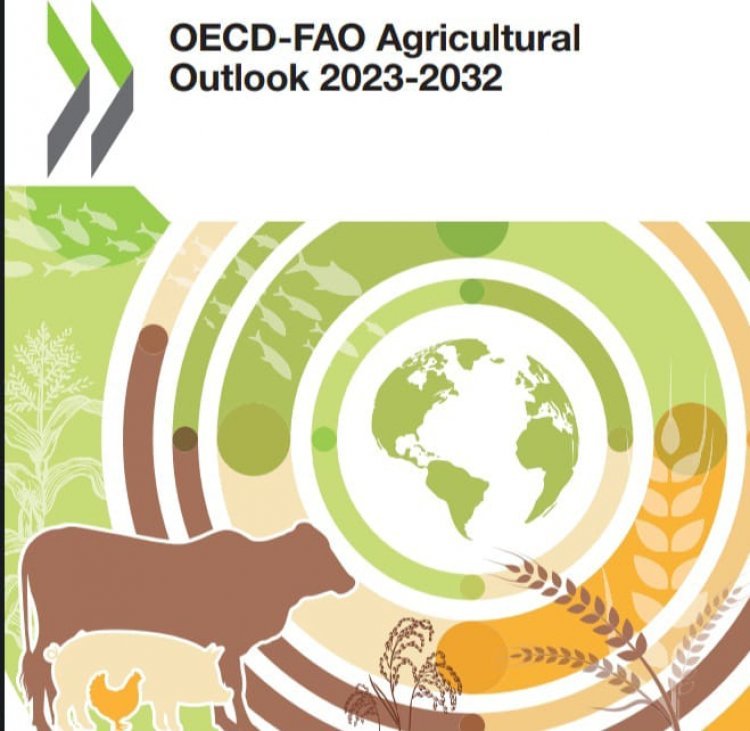



 Join the RuralVoice whatsapp group
Join the RuralVoice whatsapp group


















